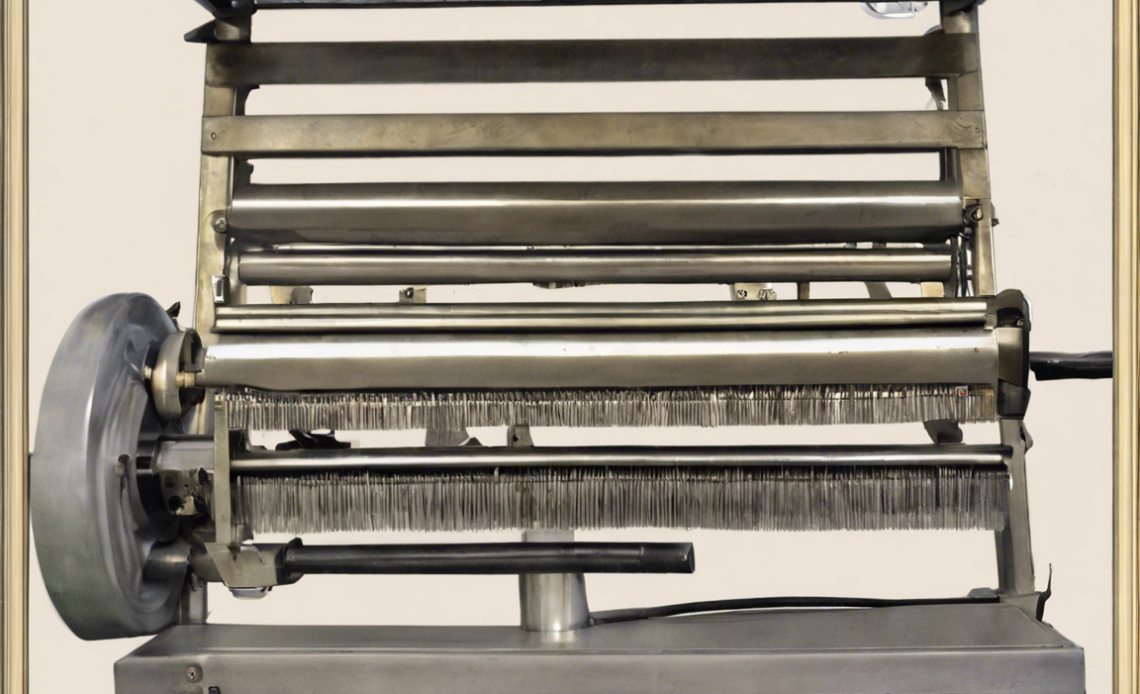
Sewing is a timeless craft that has been passed down through generations, evolving with time and technology. Whether you are a seasoned seamstress or a beginner looking to explore the art of stitching, having the right tools is essential. One such indispensable tool is the silai machine, also known as a sewing machine. These machines have revolutionized the way garments, accessories, and home decor items are created.
Evolution of Silai Machines
The history of silai machines dates back to the 18th century when the first designs were conceptualized. Over the years, these machines have evolved from manual hand-cranked models to the modern electric and computerized versions. The advancements in technology have made sewing faster, more efficient, and accessible to a wider audience.
Types of Silai Machines
-
Manual Silai Machine: These traditional machines are operated by a hand crank and are suitable for basic stitching and repairs.
-
Electric Silai Machine: Powered by electricity, these machines offer more speed and features than manual ones, making them suitable for a variety of projects.
-
Computerized Silai Machine: These advanced machines come with programmable settings, LCD screens, and a wide range of stitch options, perfect for professional seamstresses and intricate projects.
Features to Consider
When choosing a silai machine, there are several factors to consider to ensure you select the one that best fits your needs:
Stitch Options
Look for a machine that offers a variety of stitches such as straight stitch, zigzag stitch, buttonhole stitch, and decorative stitches. This versatility allows you to explore different sewing techniques and create unique designs.
Speed Control
Having control over the sewing speed is crucial, especially for beginners. Look for machines with adjustable speed settings to help you sew at a comfortable pace and improve your skills gradually.
Automatic Features
Modern silai machines come equipped with automatic features such as needle threading, tension adjustment, and thread trimming. These functions make sewing more efficient and less time-consuming.
Attachments and Accessories
Check for additional attachments and accessories such as presser feet, extension tables, and quilting guides that can enhance your sewing experience and expand your capabilities.
Maintaining Your Silai Machine
Proper maintenance is key to ensuring the longevity and performance of your silai machine. Here are some essential tips to keep your machine in top condition:
-
Regular Cleaning: Remove lint, dust, and stray threads from the machine after each use to prevent clogging and ensure smooth operation.
-
Oiling: Follow the manufacturer’s instructions to oil the machine regularly, keeping the moving parts lubricated for optimal performance.
-
Tension Adjustment: Check and adjust the thread tension as needed to avoid loose or tight stitches.
-
Professional Servicing: Schedule regular servicing by a professional technician to address any internal issues and keep your machine running smoothly.
FAQs about Silai Machines
Q: What is the difference between a silai machine and a serger machine?
A: A silai machine is used for basic stitching and creating seams, while a serger machine, also known as an overlock machine, is specifically designed for finishing edges, hemming, and creating professional-looking seams.
Q: Can I use a silai machine for quilting projects?
A: Yes, many silai machines come with quilting features and accessories that allow you to undertake quilting projects with ease.
Q: How often should I change the needle on my silai machine?
A: It is recommended to change the needle after every 8-10 hours of sewing or when you start to notice skipped stitches or fabric damage.
Q: What should I do if my silai machine is producing uneven stitches?
A: Check the thread tension, needle condition, and fabric feed for any issues that may be causing the uneven stitches. Adjust as needed and ensure proper threading of the machine.
Q: Are there any special safety precautions to keep in mind when using a silai machine?
A: Always unplug the machine when not in use, avoid placing fingers near the needle while sewing, and follow the manufacturer’s instructions for safe operation.
Sewing is not just a practical skill but also a creative outlet that allows you to express your individuality through fabric and thread. With the right silai machine and knowledge of its features and maintenance, you can embark on a sewing journey filled with endless possibilities and beautiful creations.

